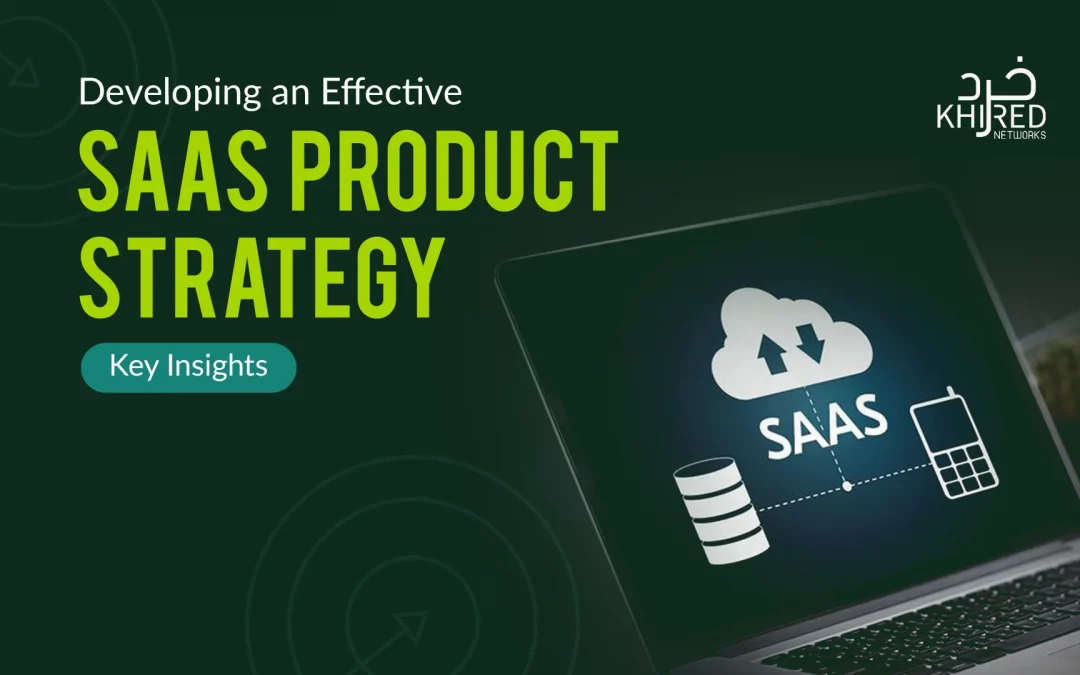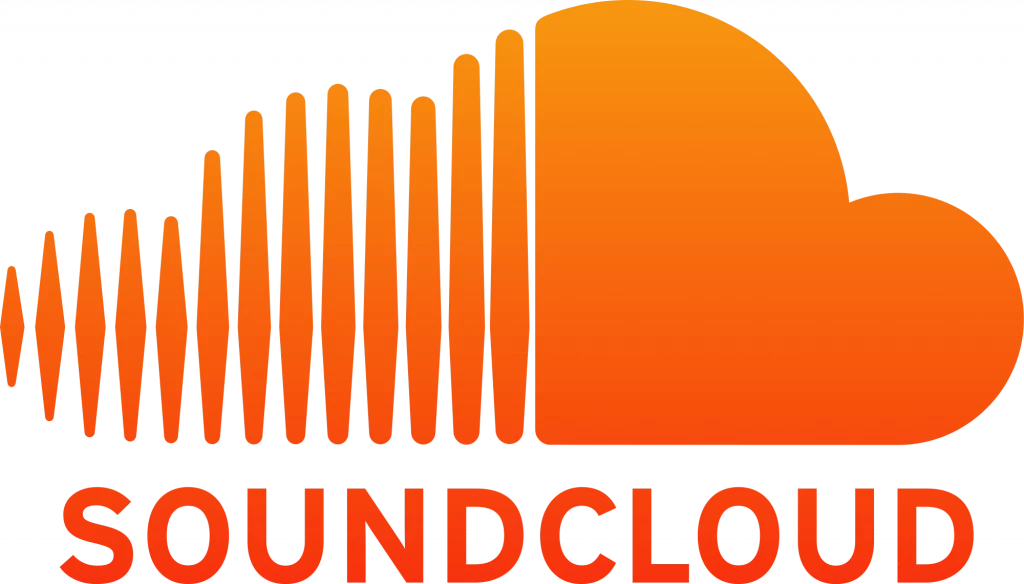In today’s technological revolution, SaaS (Software-as-a-Service) has emerged as a game-changing tool, revolutionizing the business landscape. Businesses have always tried to clutch profits from such profit-promising and revenue-booming opportunities.
The SaaS industry is doing the same. Presenting exceptional software solutions, this cost-effective strategy offers a plethora of new opportunities for growth and scalability. Given SaaS’s consistently increasing success rates and promise of a whopping revenue for businesses in the coming years, the SaaS industry magnetizes even small startups to launch their SaaS products.
However, certain insights should be considered when developing your SaaS product strategy. A solid strategy aligns your product’s marketing, development, and customer relations, ensuring that it meets the audience’s needs.
This guide will help you with that. It will cover the essential tips to consider when building your SaaS product and the challenges you might encounter.
Crafting a SaaS Product Strategy: Key Considerations
1. Identifying Target Markets
As always, target market identification remains a top priority. Now, this identification is more than just identifying a customer base belonging to a particular demographic. For instance, it’s important to have:
Understand Customer Needs
A user-centric approach is what every SaaS product-making business goes for, which is why it’s crucial to have an in-depth knowledge of customer needs. Ensuring an understanding of the customers’ following needs is crucial:
- Functional Needs: The pain point for which they want a solution through your B2B SaaS product.
- Usability Needs: The user experiences the customers look forward to having from your software.
- Performance Needs: The customers’ expectations for a fully optimized and performing software
- Integration Needs: How well your software can integrate with the other tools your customers use.
How to do it: Building customer personas (including their demographics and psychographics), conducting surveys and interviews, and gathering customer feedback are some ways to help you understand your target audience.
Competitive Analysis
A comprehensive competitive analysis helps you fine-tune and refine your strategy and software. Ascertaining the key strengths, weaknesses, strategies, and customer responses of your direct and indirect competitors gives you a clearer picture of your current position and what you need to do to increase your visibility.
Key components to work on are:
- Software feature comparison
- Market presence
- Pricing strategy
- Customer response and testimonials
2. Stating Your Vision, Objectives, and Strategy
A clear-cut and well-defined vision and objectives serve as the foundation of your SaaS strategy. They should encapsulate every aspect of your strategy and deliver more value to your customers. Clear communication of what you aim to achieve, how your product can address customer needs, and what makes you stand out aligns all the associated stakeholders and marketers, giving them a common goal to achieve.
Strategic objectives for your SaaS Product should focus on:
- Market penetration strategies
- Customer retention tactics
- Innovations in product
- Growth in revenue
- Operational efficiency
In addition, you should be vigilant enough to shape your long— and short-term SaaS product strategies, which help structure your product.
3. Architecting Your SaaS Product
Next comes deciding on the architecture of your SaaS product. From the technology stack to its design, everything should be on point and able to handle variations for consistent scalability.
The following are the key considerations when selecting the technologies for your SaaS product’s architecture:
- Backend frameworks offering robust solutions
- Frontend technologies for a responsive and dynamic design
- The database systems align with your scalability needs and consistent variations
- Cloud platforms with comprehensive services
- DevOps tools for a well-maintained development velocity and product quality
Your product’s UI/UX holds equal significance as its developmental technologies. Without a user-friendly interface, your dynamic and full-of-feature SaaS product is good for nothing. So, make sure that the complex backend tech language translates into a user-friendly SaaS UX design featuring:
- simplicity and clarity,
- personalization,
- easy navigation, and
- consistency.
4. Feature Prioritization and MVP Development
Another crucial aspect of effectively managing your SaaS product and aligning it with your business goals is feature prioritization. Use the MoSCoW method (“Must have,“ “Should have,“ “Could have,“ “Won’t have this time”). This approach presents everything on a plate, making it easier to build your SaaS product based on its necessity and impact.
In this regard, one must also not forget the MVP development. Forming the core of your SaaS product, an MVP lets you ensure a quick launch of your market-ready product, giving you real insights into the customer response and validating your test idea and approach.
5. Fostering Innovation through Continuous Iteration
Having your MVP developed, integrating innovative features and technologies, and iterating becomes a piece of cake. Ideal for SaaS applications, iterations through agile practices help identify the loopholes in your SaaS product, the required updates, and other additional features needed.
These constant updates are necessary to keep pace with the ever-increasing technological advancements. Gives you a competitive edge with a consistent scalability scope, enhancing your customer satisfaction and retention rates.
How to do it: Tools like Jenkins, Travis CI, and GitLab CI are most often used to implement Continuous Integration/Continuous Delivery (CI/CD) pipelines.
6. Ensuring Robust Data Security
Nowhere in the tech industry is a compromise on data security and protection appreciated. Robust data security is a paramount feature of the SaaS world, and considering the amount of data handled daily, it requires your utmost attention.
For this reason, it is important to understand your SaaS product’s processed data types and the associated potential risks. Your product should also comply with legal requirements, such as the General Data Protection Regulation (GDPR) in Europe, the California Consumer Privacy Act (CCPA), and other necessary privacy measures.
Other key security features that you can implement are:
- Encryption
- Multi-factor authentication
- Cloud monitoring
- SIEM integration
- Backup
Effective Marketing for a Global Preparation of Your SaaS Product
Effective marketing is the key to enhanced Market Visibility!
For any product, effective marketing is a must-have, both before the product’s launch and after its launch. Undoubtedly, marketing strategies also carry significance for your SaaS product service. It is what helps you gain customers’ attention, earn their loyalty, and ensure their long-term retention.
Leveraging digital marketing tactics can be your lead strategy, paving the way for a strong market entry and stabilization. Some of the necessary approaches that you can use are:
- Content Marketing: Valuable and engaging content in the form of long and short-form blogs, white papers, videos, etc., can help demonstrate your core concept and be a magnet for potential customers, leading them through your sales funnel.
- Social Media Marketing: Social media platforms like LinkedIn, Twitter, Mand et al. (Facebook and Instagram) can be hubs for engaging with potential customers, sharing content, and building visibility and outreach.
- Search Engine Optimizations (SEO): Search engine-optimized content is the most prominent way of directing organic traffic to your SaaS product search, increasing your visibility in the search engine result pages (SERPs).
- Paid Advertisements (PPC): Campaigns like PPC (Pay-per-click) on multiple platforms, such as search engines and social media, can be your tool for driving traffic and generating organic leads.
- Email Marketing: Nurture your leads through targeted content and value-providing offers, letting them complete their purchase journeys with retention.
- Referral Programs: Offer referral programs and rewards to adopt cost-effective measures for increased visibility in your target audience.
Pricing Your SaaS Product
Finally, the pricing model of your SaaS product is also crucial as it serves as a determining factor of your revenue stream and competitiveness. Some of the pricing models that you can adopt for your SaaS product pricing are:
- Subscription-based pricing: (most common), fee paid in regular intervals (monthly or yearly).
- Tiered pricing includes different packages based on categorized features such as user limits, age of use, and set of features.
- Usage-based pricing: charging based on the extent of customer use of the service.
- Freemium model: free basic services but charged premium features.
Choose wisely but choose profitably!
Example
HubSpot is a real-time example of a company that started small with its SaaS product and, with consistent improvements, has grown to become one of the most widely used tools in digital marketing.
Scalability Success: HubSpot built its strategy by understanding customer needs and scaled its services to offer marketing tools for startups, SMBs, and enterprises.
How: a moderate approach for its set of features and pricing, earning customer loyalty and retention and compelling them to scale their subscriptions.
Take Away Words
As a game-changer, SaaS is now an integral part of the present tech era, providing easy access to software products and solutions. Developing a robust SaaS product strategy with a user-centric approach is, therefore, essential for ensuring efficient functionality and attracting more customers.
So, if you’re ready to embark on the journey of developing your SaaS product, you should have a look at the above-mentioned key considerations. It will let you develop a scalable, flexible, and customer-centric SaaS product with an increased chance of global expansion.
Craft your SaaS Product Strategy now and take on the road to robust business scalability!



